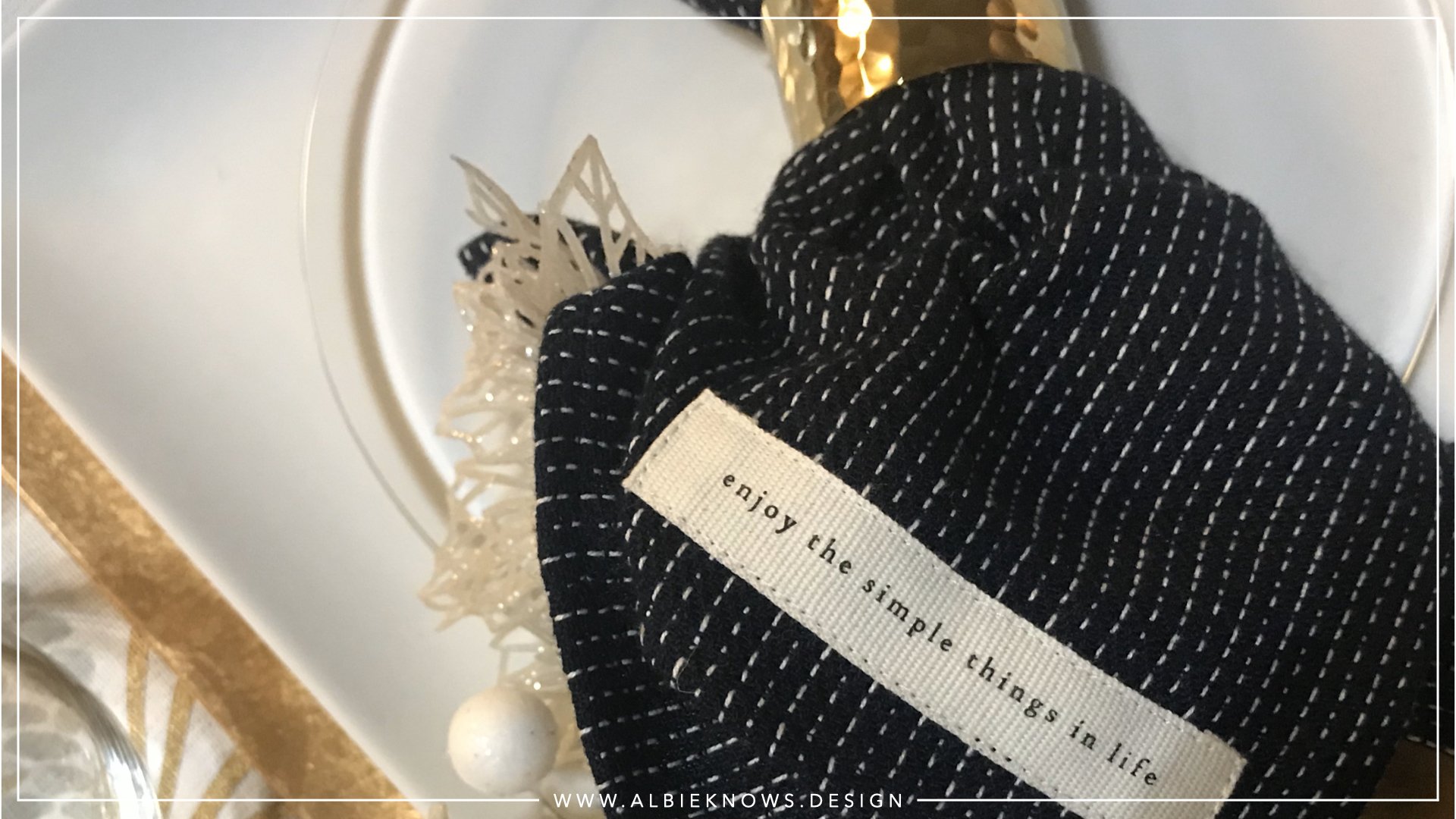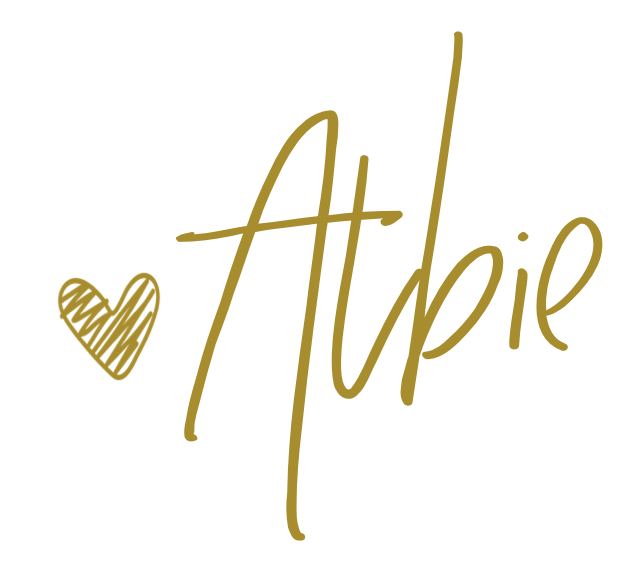How To Create A Tablescape: Easy Tablescaping Tips & Ideas
ORIGINAL POST DATE: 11-21-2017
Hi… my name is Albie and I love tablescaping.
What is tablescaping?
In case this is all very new to you, let's VERY quickly define tablescaping. Simply & plainly put, tablescaping the intentional & curated arrangement of your tabletop surfaces. This can be based on a specific theme and/or palette, which is why it is both curated & creative.
Note that I didn't say it's the arrangement of your dining table. That's because it isn't. Tablescaping isn't exclusive to dining tables, although this time of year, it's often assumed that it is.
I'll be the first to admit that when the concept of tablescaping hit my radar some 2 years ago, I thought it exclusively in the sense of dining room table decor. I have since evolved & achieved major #adultinggoals, including refining my own tablescaping skills — in & out of the dining room.
Ironically, this time of year, we're actually doing way more tablescaping than we even realize! For the holiday season, we are all decorating every possible surface in our home, from the entry table to the fireplace mantle to, of course, the dining room table.
Any time you're decorating a tabletop surface and/or creating a sort of flat surface vignette — dining table, coffee table, fireplace mantle, console table, sideboard, bar cart, bookshelf — YOU'RE TABLESCAPING!
I won't tell you that there are set “rules” to tablescaping, smooch as there are tips & tricks that differentiate tablescaping from simply setting the table and/or placing items on a shelf. Over the years, I’ve done tablescapes that are heavily styled. for a slightly more formal experience, and I’ve done more subtle tablescapes that focus on function more than styling.
Over on my instagram, we started talking about tablescaping & whether or not it inspires you or intimidates you. A few of you admitted to being intimidated by the dec of tablescaping. Whether the surface you’re working with is a 6’ sideboard or a 6’ dining table, there are some foundational elements that’ll apply to any surface you’re styling, with the number one being to have fun with it.
I’ve learned quite a bit as both my style & needs have evolved when it comes to tablescaping, so here are some quick & easy tips to get your fall and winter tablescaping underway:
Take a complete inventory of what you'll be using
As you start to think about building your vignette, assess what's functional, what's just for show, and what can be both. For example, in a table setting, charger plates have a functional purpose (help dinner plate retain heat & keep table clean from food crumbs) and can also be a great opportunity for elevating the setting via texture, color, etc.
For the winter holiday season, I love having lighting on our sideboard & console table, so incorporating a pair of Mercury Glass LED Trees is a great way to get the functionality I need — lighting — while still in theme for the season. You want whatever you're styling with to support your theme -- in this instance, glam winter wonderland -- and so this is a great way to serve both your functional & aesthetic needs.
While creating your vignettes, stop & look at the space holistically
It can be so easy to get lost in styling one area — one surface — that you forget to actually tie it into everything else for one cohesive look. The point is to create an entire scene with one overarching theme that resonates with each of your individual tablescapes. Avoid design tunnel vision — I know because I'm guilty of this myself… especially when I was a merchandiser) — by pausing while you’re doing your styling to step back and check in with the other areas.
Thread an accent color throughout to give your eyes a place to rest
Nowadays, most spaces are an open concept, and even if yours isn't, you don't want to be hit with decor overload because you treated the room as one BIG tablescape. Accent colors that thread from one vignette to the next helps keep the look cohesive and provides a visual "break" while scanning everything.
Don't be afraid to use different hues and/or patterns of your accent color. Layering textures is also a great way to add depth & visual interest, while still keeping in line with your theme and/or palette.
Introduce "greenery" to add texture & an air of coziness.
This time of year you may think this to be a no-brainer but not everyone decorating for the holidays is decorating with trees, wreaths, and pumpkins. If you're on a budget, you may choose to opt out of seasonal decor altogether & use things that are a bit more agile to decorate with. Pieces that can transition from one holiday to the next can also help minimize any intimidation you may be feeling when it comes to creating a tablescape. Either way, you can’t go wrong with adding a plant to your setting.
Be it a house plant, a flower arrangement, or a garland, the added texture and pop of nature is a subtle way to elevate whatever simple setting you choose.
Take time to edit your vignettes.
At the end of the day, you're decorating your home, not some large retail space. Even if it’s because you’re hosting guests, you are the only one that literally has to live with your choices, so be sure now to overwhelm the space & rob your home of its functionality.
Whether you’re choosing dinnerware, flatware, centerpieces, candle holders or variegated accents, editing is key to keeping it all from feeling like a cluttered, haphazard mess.







